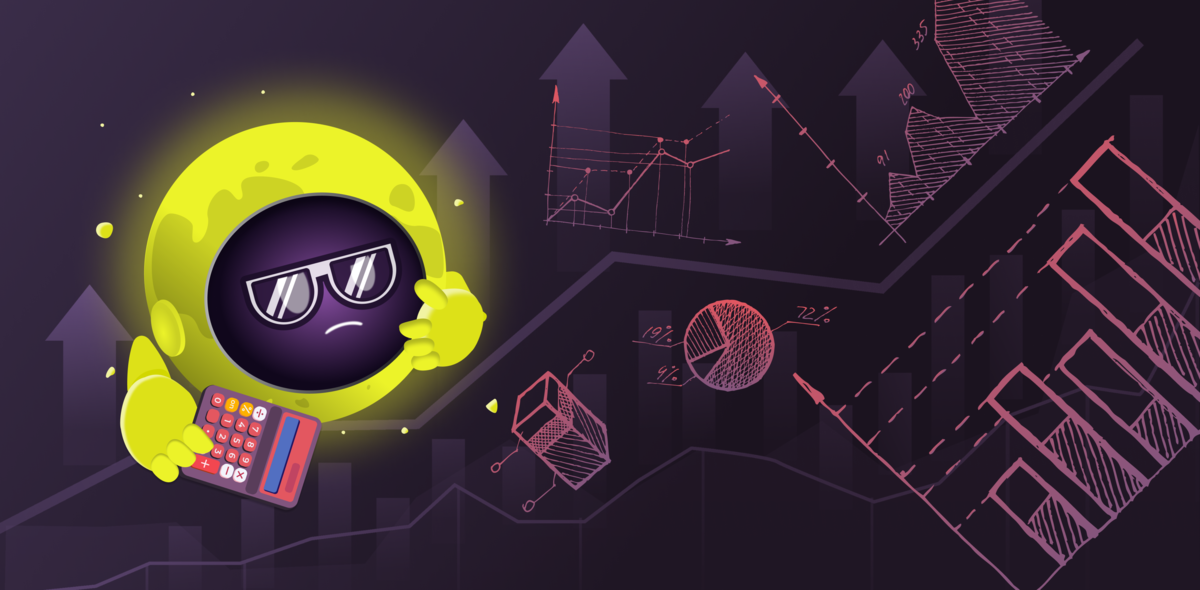
Bitcoin ATMs function like conventional ATMs but include the extra capability of handling cryptocurrency transactions. These machines provide users with ease and low cost of purchasing or selling cryptocurrencies directly for cash. They enable individuals to effortlessly change their physical money into digital assets and vice versa.
The primary distinction between Bitcoin ATMs and standard ATMs is the range of services they provide. Although conventional ATMs can only manage fiat currencies, crypto-ATMs enable users to engage with cryptocurrencies. Moreover, Bitcoin ATMs require users to possess a digital wallet — a secure online repository for storing and handling cryptocurrencies.
In contrast to conventional ATMs, which are found globally, Bitcoin ATMs are relatively recent and less prevalent. Nonetheless, their quantity is expanding rapidly as the need for cryptocurrencies rises.
Where to find Bitcoin ATMs?
Bitcoin ATMs can be found in major cities worldwide but are hard to be seen in smaller towns.
According to the CoinATMRadar service, which also shows the location of devices in different cities, there are currently more than 36,000 operating crypto ATMs. However, 90% of the total falls in the United States, while another 10% is almost entirely distributed between Canadian and European countries.
The most popular places to find them are shopping centers and airports, but sometimes, they are found in completely unexpected places, such as small bars or hotels.
Several services can help with finding the nearest crypto machine. The most popular are CoinATMRadar, which we have already mentioned, and CoinMap. They show the location of Bitcoin ATMs on the map and provide information about the cryptocurrencies supported and the capabilities of Bitcoin ATMs. For example, some terminals only allow you to buy cryptocurrencies, while others support buying and selling.
However, before you go, ensure that the chosen machine is operational. This will help to avoid disappointment on the spot.
Benefits and risks of Bitcoin ATMs
Benefits:
- Convenience and speed. Everything happens quickly: come up, choose, and get. No need to wait for confirmation from the exchange or security checks.
- Anonymity. In some cases, Bitcoin ATMs do not require data entry, which makes them attractive to those who value privacy.
- Accessibility. Bitcoin ATMs are found in major cities globally, and their number is constantly growing.
Risks:
- High commission. Sometimes you have to pay for convenience, and the commission can be as high as 10%, making large transactions unprofitable.
- Limited choice of currencies. Most Bitcoin ATMs support popular currencies such as Bitcoin and Ethereum. Other options are generally hard to encounter.
- Security risks. As with any other device, there is always the risk of fraud. Be careful and verify all the data before completing a transaction.
Bitcoin ATM fees
The commission is a nuance that often scares people away from using Bitcoin ATMs. On average, it ranges from 5% to 10% of the transaction amount. Sometimes, it seems like a lot, but you need to remember that Bitcoin ATM provides convenience and anonymity, which is difficult to obtain on conventional exchanges.
The commission can depend on different factors: the location of the Bitcoin ATMs, the type of transaction (buying or selling), the current cryptocurrency exchange rate, and even the settings of a particular machine. There are cases when the rate offered by Bitcoin ATMs is higher or lower than the market rate; fees can vary widely depending on the operator and location but generally fall within the following ranges:
- Transaction Fees: Typically, between 5% and 10% of the transaction amount.
- Network Fees: Additional fees may be applied based on blockchain network conditions at the time of the transaction.
- Withdrawal Fees: Some ATMs may charge extra fees for selling Bitcoin for cash, in addition to transaction costs.
How to use a Bitcoin ATM
Bitcoin ATMs do not require programming knowledge or special skills. Just follow simple instructions:
- Find a Bitcoin ATM near you. It is best to visit dedicated sites, such as CoinATMRadar or CoinMap, where you can see exactly where the nearest Bitcoin ATM is located and what services it supports.
- Confirmation of identity (if required). Depending on the amount of the transaction and the country you are in, you may be asked to enter your phone number or even scan a document. Sometimes, this can be bypassed if the amount is small; however, in most cases, the law requires identity verification.
- Deposit cash or choose a withdrawal amount. If you buy a cryptocurrency, insert the required amount into the bill acceptor. The machine will show how much cryptocurrency you will receive at the current exchange rate. If you sell it, select the amount you wish to withdraw in cash.
- Enter or scan your wallet address. To receive cryptocurrency, you need to enter your wallet address. This can be done by scanning the QR code displayed on your smartphone screen. However, proceed cautiously, as even a single incorrect symbol could send your BTC to the wrong address.
- Complete the process. Once all details have been entered, the ATM completes the transaction. You will receive a receipt with information about the transaction and, if purchased, cryptocurrency sent to the wallet address you provided.
Conclusion
Bitcoin ATMs are a step towards making cryptocurrencies more accessible and understandable for everyone. Perhaps, in a few years, they will be as commonplace as regular ATMs.
Interest in cryptocurrencies is growing yearly, as is the number of Bitcoin ATMs. With increasing adoption such machines are expected to expand their geography and functionality, following the consumers’ demand.




